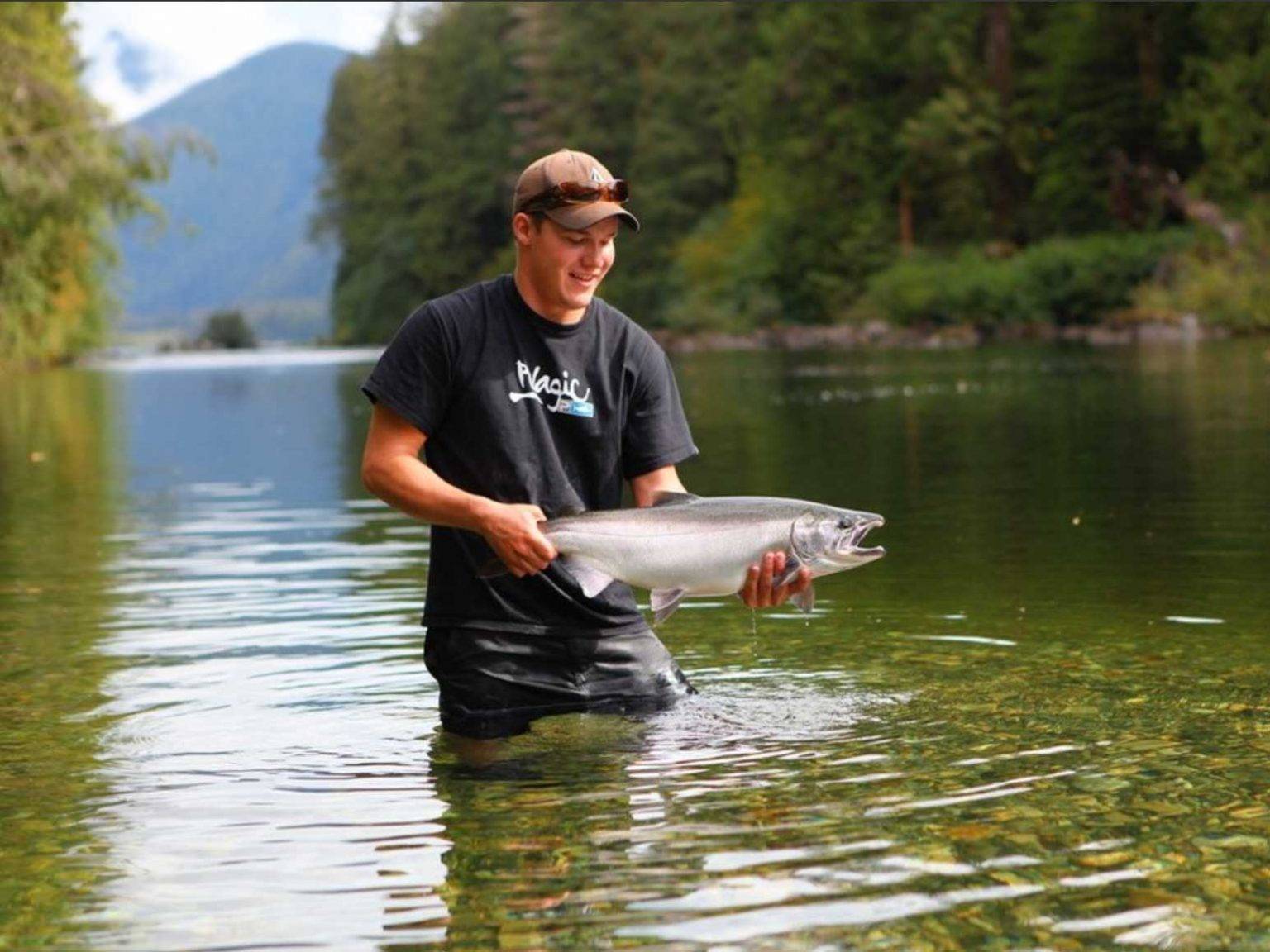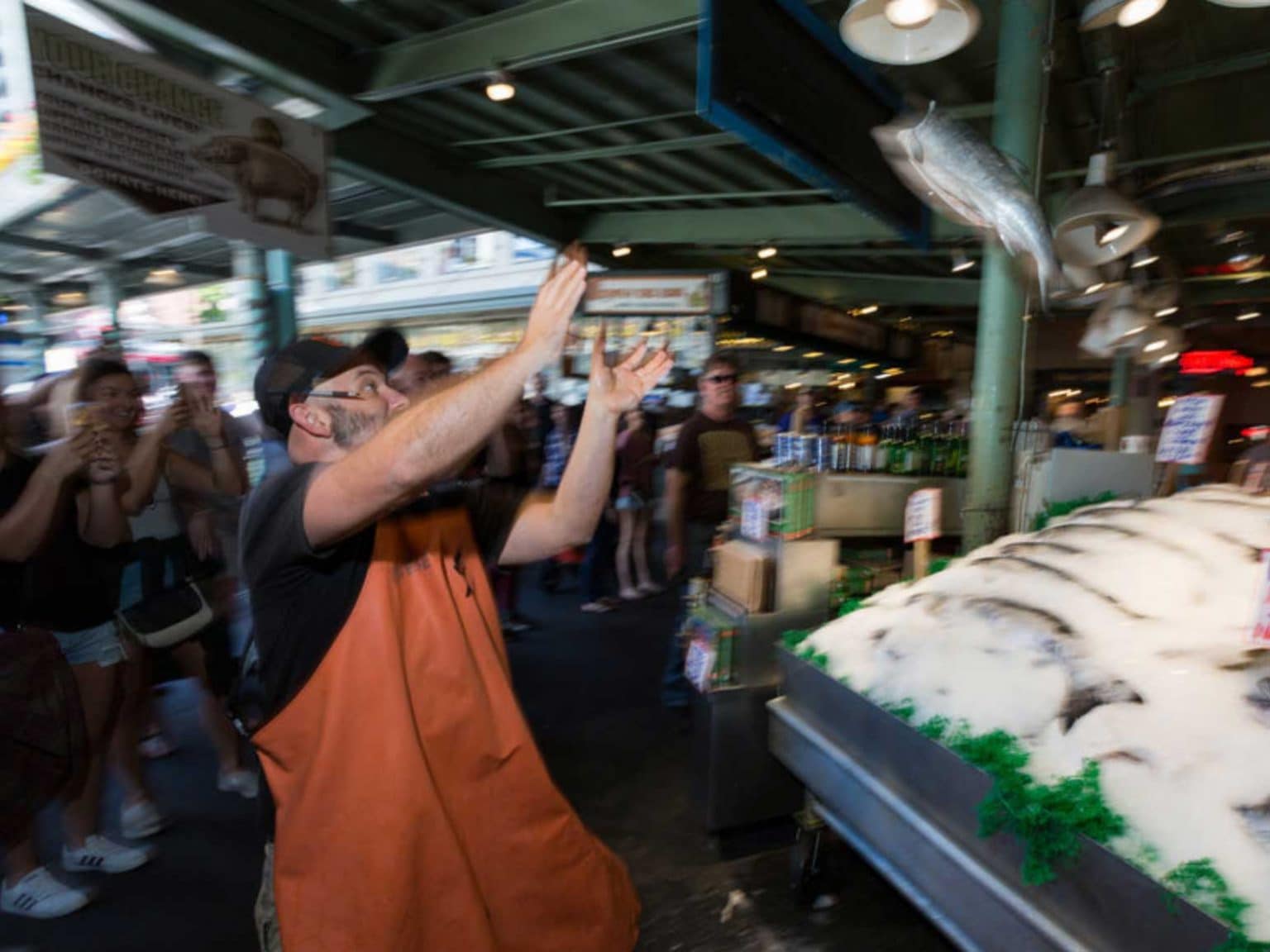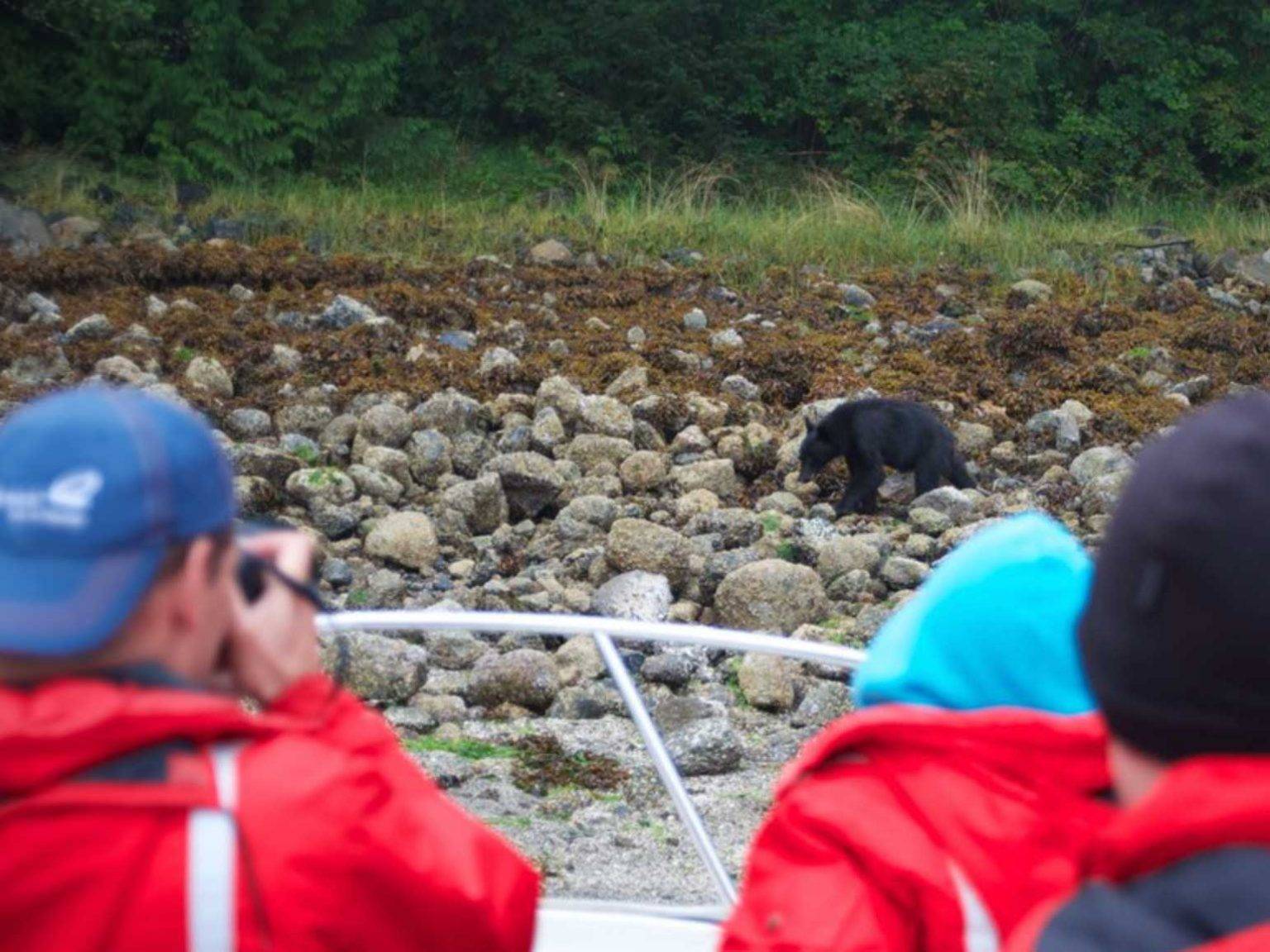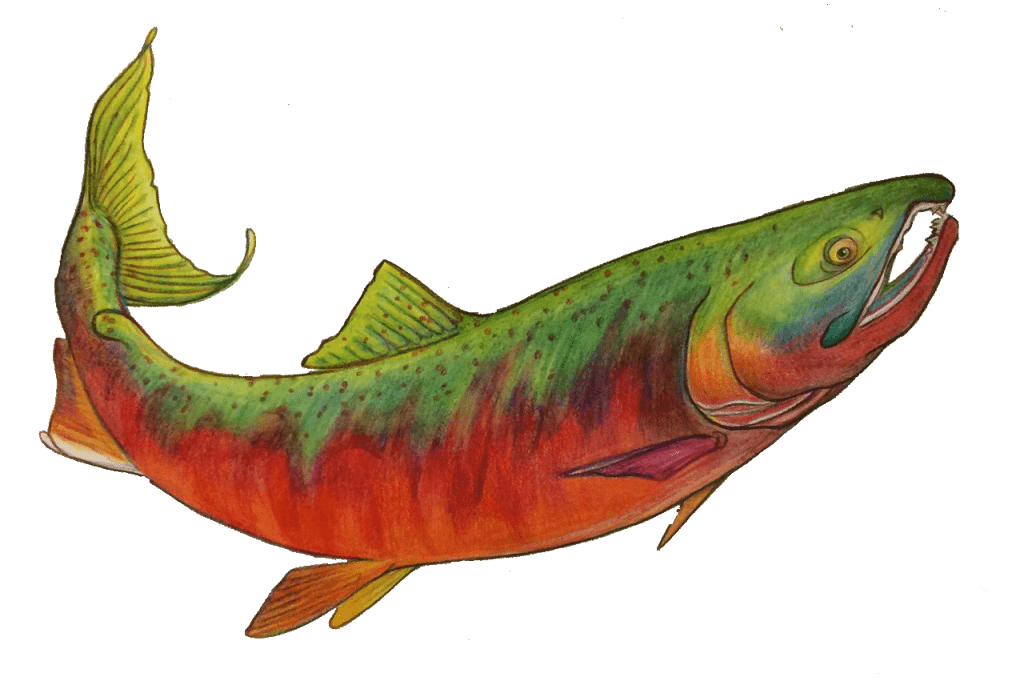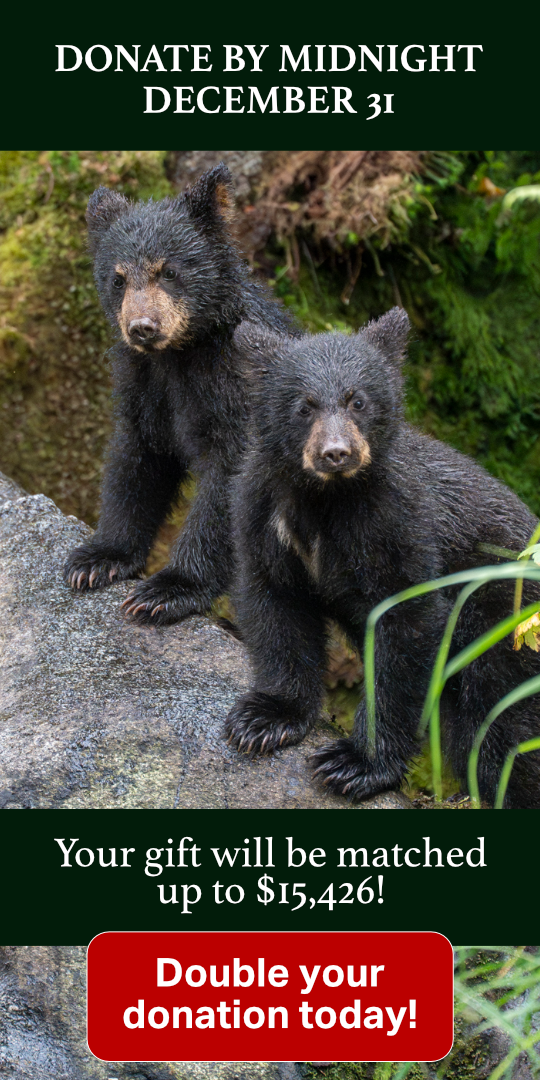
Nora Martin
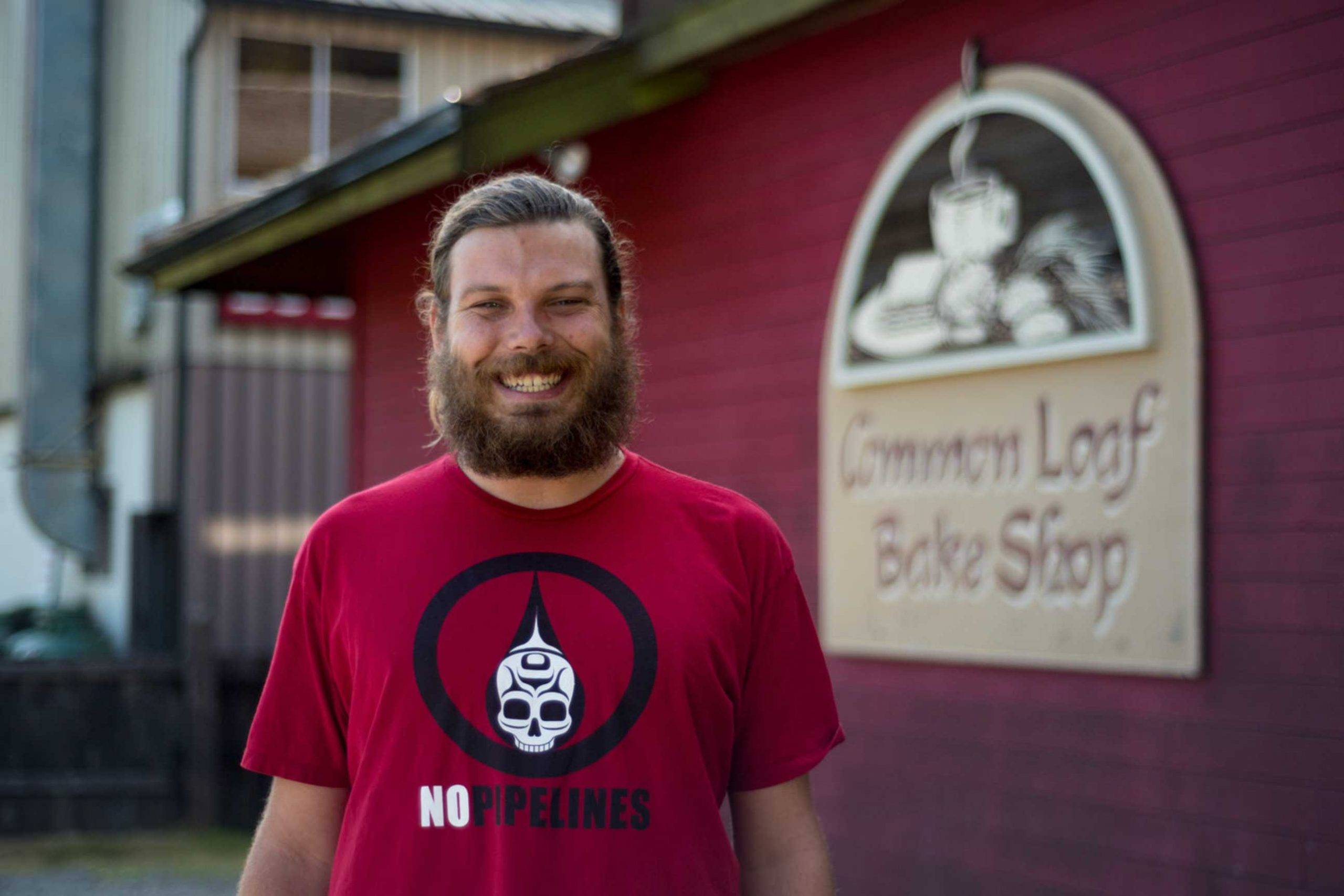
Lee McNamee
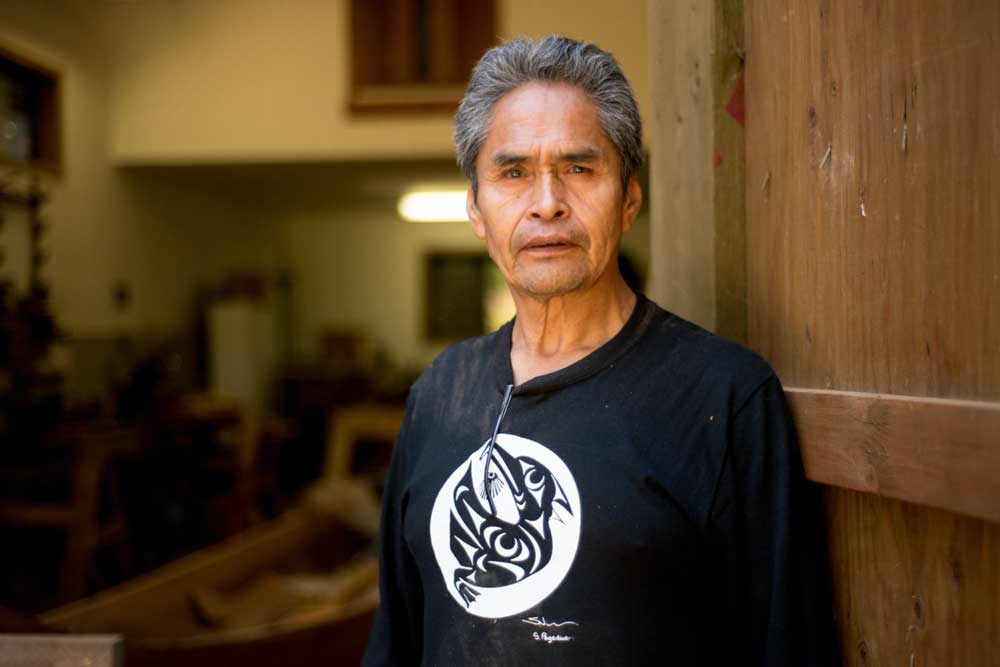
Joe Martin
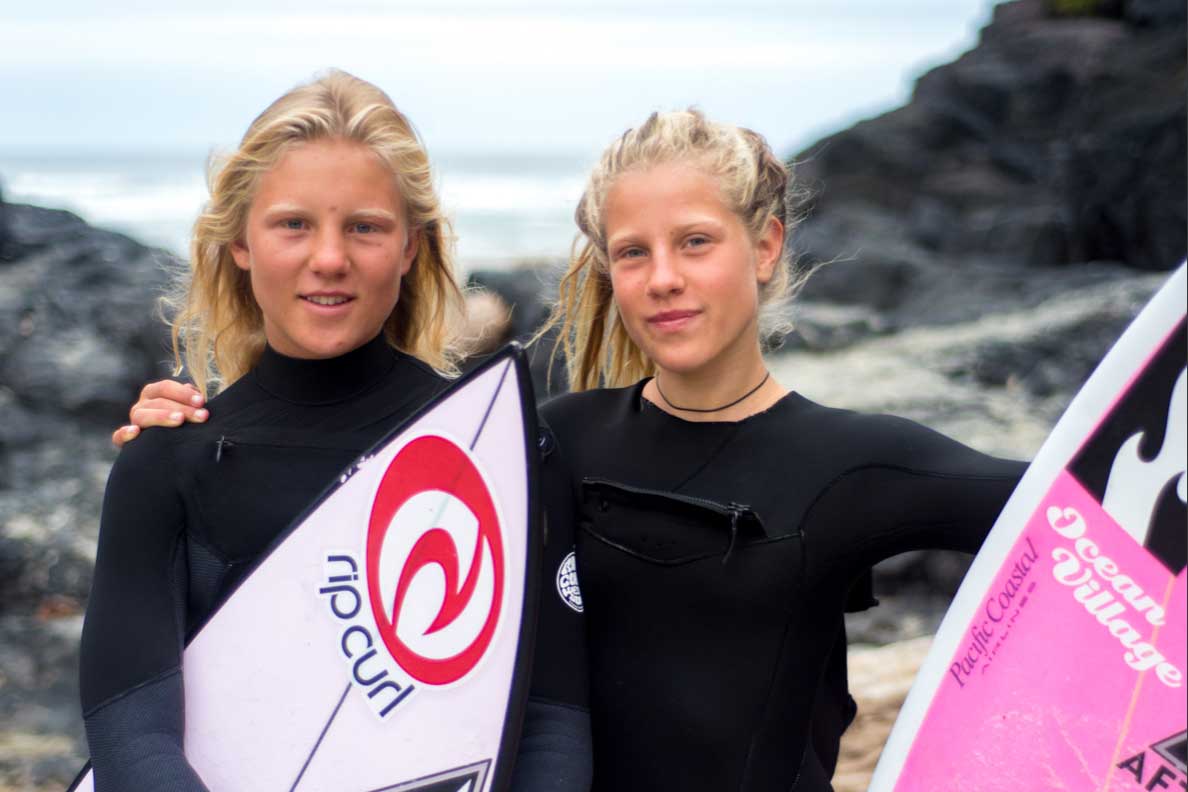
Matthea & Sanoa Olin
a better world is possible
Imagine a sustainable salmon economy in Clayoquot Sound that works for everyone.
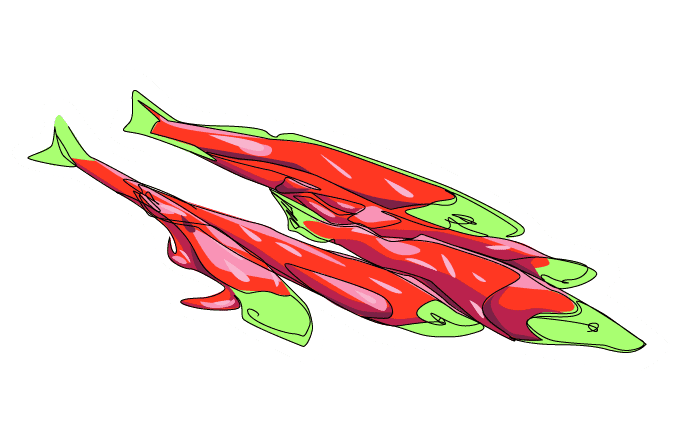
Wild Salmon Runs
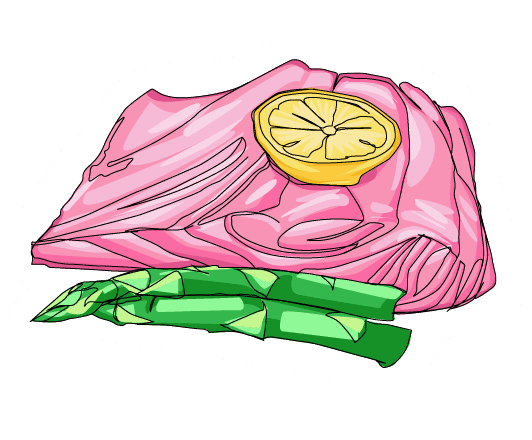
Healthy Food
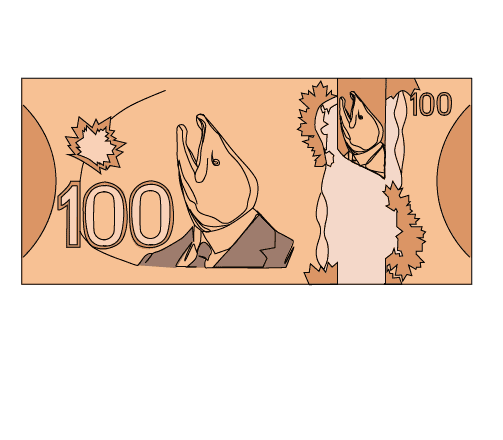
Great Long-Term Jobs
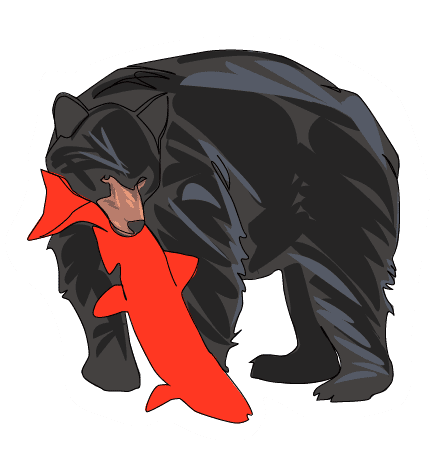
Healthy Ecosystem
Coastal salmon runs are at a critical juncture. Without change we risk losing wild salmon forever.
The solution is clear
It's time to get polluting fish farms out of Clayoquot
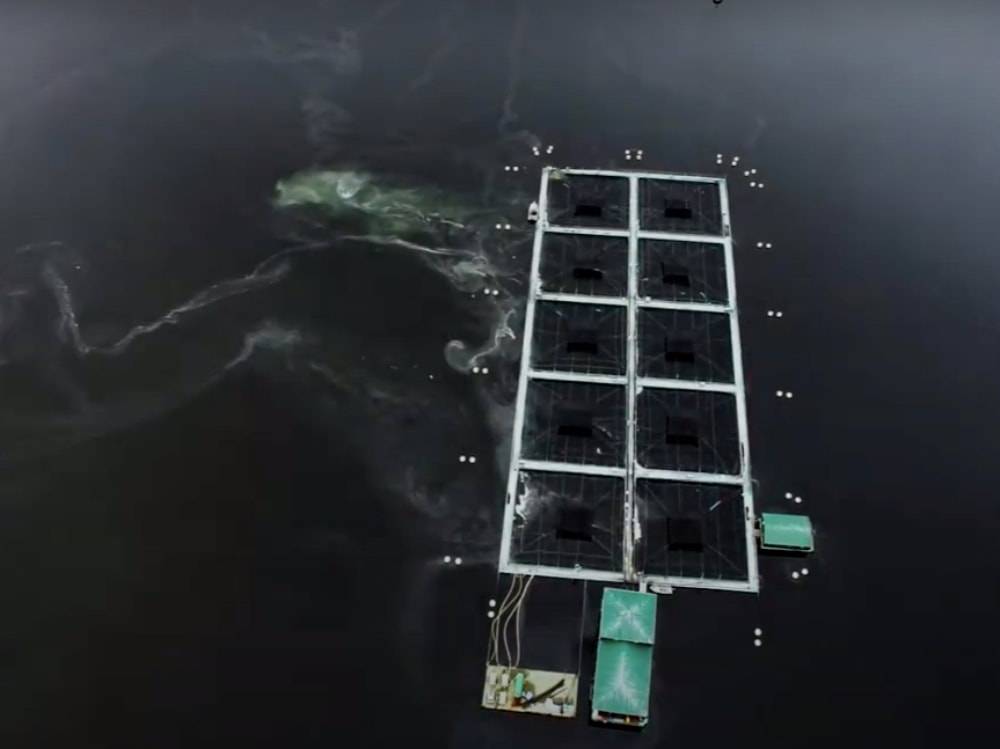
They poison the waters
Open net-pen salmon farms allow the free flow of lice, pesticides, salmon sewage, antibiotics, and excess feed into the marine environment. Juvenile wild salmon and herring can also swim into the farms where they are eaten or trapped if they grow too big to swim back out.
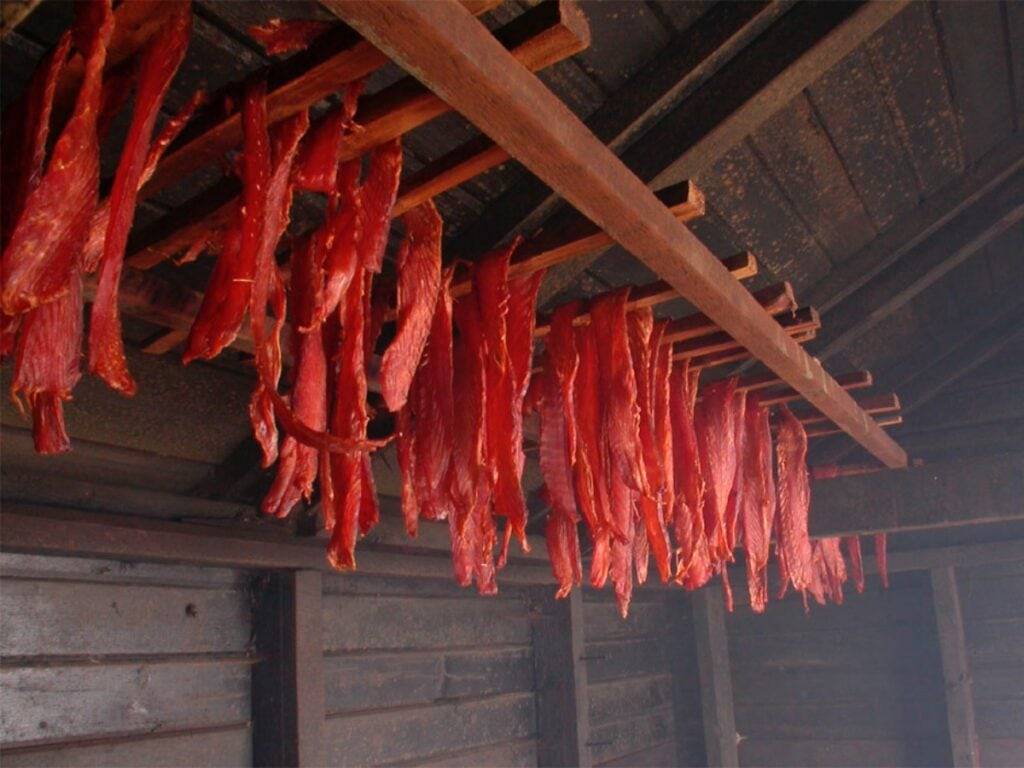
They threaten Indigenous cultures
First Nations stewarded wild salmon for millennia, creating abundant, thriving cultures. From dried salmon to make it through the winters, to ancestral cedars to build canoes and houses, west coast peoples have flourished along with wild salmon.

They threaten wild salmon
Baby salmon migrating out to sea from Clayoquot Sound’s rivers must run a gauntlet of salmon farms on their migration routes, and cannot avoid picking up fatal loads of salmon lice from the farms.
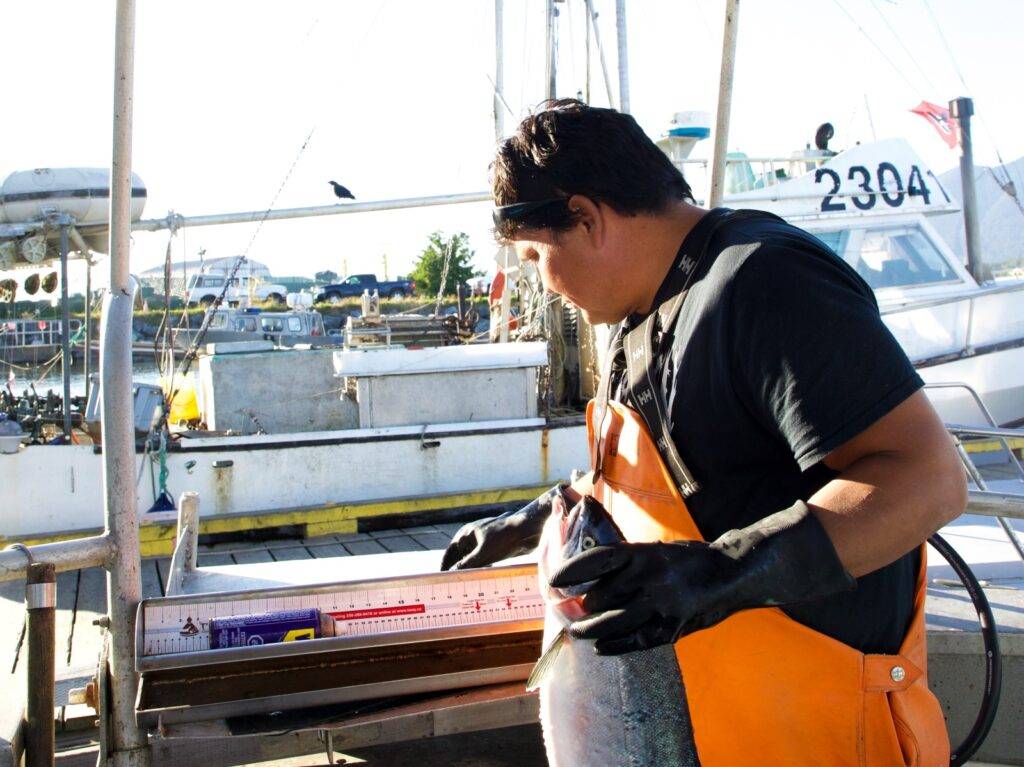
They threaten the economy
British Columbia’s coastal economy is entirely dependent on wild salmon. Clayoquot Sound clearly demonstrates this—from commercial fishers to top-level chefs, from bear-watching guides to fly fishers.
The numbers don't lie
The salmon farming industry is threatening a sustainable economy that is at least 7.4X bigger.
FARMED SALMON VS. WILD FISH ECONOMY
Commercial and sport fishing, both of which depend on thriving wild salmon populations, contribute the majority to the total GDP (64.1%).
In stark comparison, this pie chart reveals that aquaculture contributes only 9.3% to the total GDP. Of this, salmon farming is responsible for 94% of the GDP contribution. Therefore, by taking 94% of aquaculture’s contribution to GDP, you can work out the contribution of salmon farming to GDP: $58.2M.
As a percentage, salmon farms contribute only 8.7% of the total contribution to GDP.
By comparing the sectors within the wild fish economy to salmon farming, it becomes clear that salmon farming contributes relatively little to our GDP.
Compared to salmon farms, commercial fishing contributes almost double to the total GDP. Sport fishing contributes nearly six times more than salmon aquaculture.
Therefore, commercial and sport fishing contribute 7.4 times more to the economy than salmon farming. It is vital to note that this figure is conservative. It does not take into account the wild fish used within the processing sector which is higher than that of farmed fish.
These figures do not consider BC’s tourism industry which contributed a whopping $6.5 billion dollars to GDP in 2012, and is largely dependent on the survival of wild salmon.
Let’s not forget that salmon also nourish coastal old growth forests. Up to 80% of the nitrogen in the trees of BC’s coastal rainforest comes from salmon carcasses, dragged from streams by bears, wolves, and eagles and many other species, all of whom rely on annual salmon runs for their own survival.
Supernatural British Columbia would not be a world-class destination without wild salmon. They are the backbone of the coast.
Data obtained from British Columbia Fisheries and Aquaculture Sector, 2012 Edition, by BC Stats.
Sector Contribution to GDP in Millions
